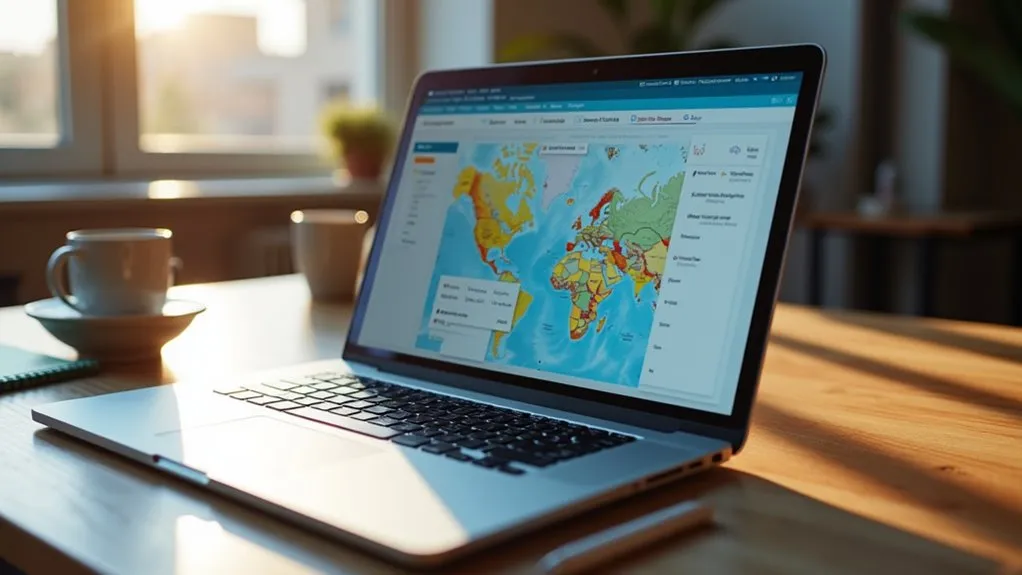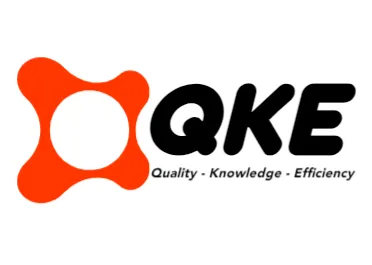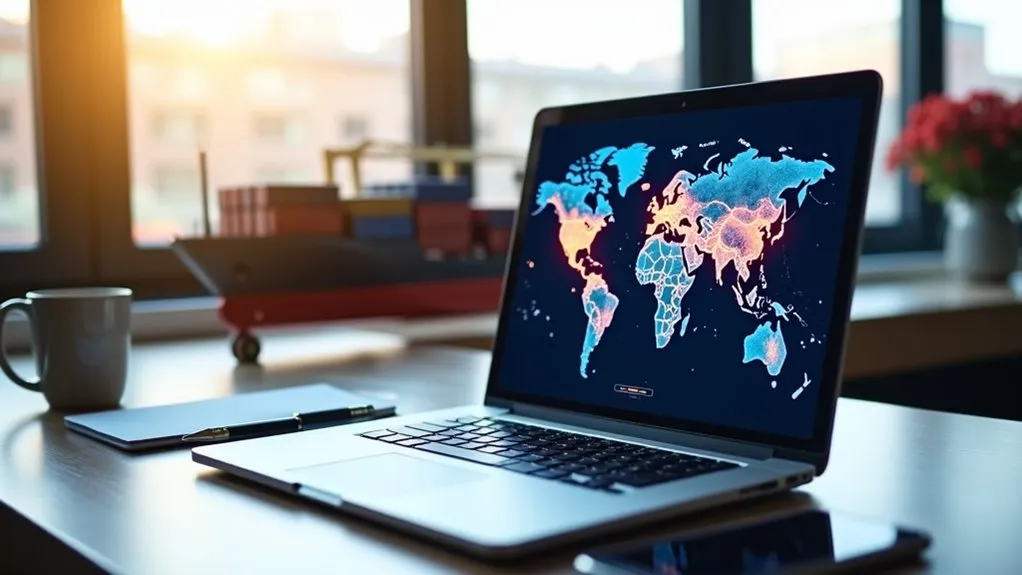To master ZIM Track and Trace for shipment monitoring, first, access the platform via zim.com, myZIM, or the ZIM App. Second, input precise shipment codes like B/L or container numbers. Third, monitor real-time status updates for vessel details and ETAs. Fourth, utilize advanced tools like ZIMonitor for reefer tracking and AI-powered ETA predictions. Finally, resolve issues by verifying codes or contacting support. Explore further to uncover deeper insights into optimizing tracking efficiency.
Key Takeaways
- Access ZIM Track and Trace via zim.com, myZIM login, or ZIM App for easy shipment monitoring.
- Enter accurate shipment details like B/L number or container number, then click Track.
- Monitor real-time updates for vessel info, ETA, and event history on ZIM platforms.
- Use advanced tools like ZIMonitor for reefer tracking and AI-powered ETA predictions.
- Resolve issues by verifying tracking numbers and contacting ZIM support if needed.
Accessing the ZIM Track and Trace Platform

How can users efficiently locate and utilize the ZIM Track and Trace Platform for monitoring shipments? The process begins by accessing the official ZIM website (zim.com) and navigating to the “Track & Trace” section, prominently featured on the homepage. Users, including shippers and logistics professionals, can opt for direct access via the ZIM Integrated platform or the dedicated “Track & Trace” webpage. Alternatively, the myZIM Personal Area portal offers personalized Platform Login for enhanced user experience.
For mobile access, the ZIM App, available on Google Play, provides seamless tracking. Third-party platforms like ShipsGo or project44 are also integrated, though some may require registration. For advanced users, API Integration enables connectivity with ERP, CRM, or TMS systems, ensuring real-time data flow. This integration supports real-time updates on shipment status and location, enhancing monitoring capabilities. Additional access points include the ZIM eBusiness portal and digital solutions like ZIMonitor for sensitive cargo. No software installation is needed for web-based access, ensuring operational efficiency.
Entering Your Shipment Tracking Details
After gaining access to the ZIM Track and Trace Platform through the official website, mobile app, or integrated third-party tools, users must proceed to input specific shipment details to monitor their cargo. This step involves entering Shipment Codes such as the Bill of Lading (B/L) number (e.g., ZIMUBCN123456), Container Number (e.g., ZCSU1234567), or Booking Reference Number. Each code follows a distinct format, requiring precise input into the designated field under the “Track & Trace” section.
Effective Entry Techniques are critical for accurate tracking. Users should select the correct identifier type, input the full code without errors, and click the “Track” button. On the ZIM site, up to 10 codes can be entered, separated by commas or spaces. Whether using the official platform or third-party tools like GoComet or ShipsGo, ensuring correct data entry guarantees seamless access to shipment monitoring information.
Understanding Shipment Status Updates

Navigating there! Understanding shipment status updates within ZIM Track and Trace is crucial for effective monitoring. This system provides real-time updates on shipment location and condition, accessible via multiple identifiers like container or booking numbers. Detailed StatusAnalysis reveals comprehensive data, including vessel information, ETA, and a chronological event history, ensuring visibility from origin to destination.
Delving into UpdateInsights, users observe distinct stages: pre-transit statuses like “Booked” or “Gate In Full” indicate initial steps, while in-transit updates such as “Sailing” or “Departure from POL” confirm movement. Arrival stages, including “Discharged” or “Gate Out,” signal completion at the port of discharge. Additionally, the system flags exceptions or delays, noting issues like data discrepancies or untracked shipments with precision. This structured approach to tracking empowers users with accurate, actionable information, facilitating informed decision-making throughout the shipping process without overlooking critical status transitions.
Leveraging Advanced Monitoring Features

Building on the foundation of shipment status updates, ZIM Track and Trace offers a suite of advanced monitoring features designed to enhance oversight and control. With ZIMonitor, users gain precise remote monitoring of reefer containers, tracking temperature and humidity, while real-time GPS ensures location visibility. Alert Systems notify users of deviations in temperature, route changes, or unauthorized door openings via Sekstant sensors, supported by a 24/7 global team for immediate intervention.
Smart Container Technology, powered by HoopoSense Solar trackers, delivers end-to-end visibility with Predictive Analytics for AI-driven ETA forecasts, optimizing operations through IoT data. The table below highlights key features:
| Feature | Benefit |
|---|---|
| ZIMonitor Alerts | Real-time deviation notifications |
| GPS Tracking | Accurate location updates |
| HoopoSense Trackers | Long-lasting, secure cargo monitoring |
| AI-Powered ETA | Enhanced arrival predictability |
These tools empower users with actionable insights for efficient shipment management.
Resolving Common Tracking Challenges
Precision in shipment tracking is paramount, yet users of ZIM Track and Trace may encounter obstacles such as invalid tracking numbers, delayed updates, or unavailable ETA information. For Error Troubleshooting, users should verify tracking number accuracy, ensure correct format (e.g., ZIMU prefix for B/L), and confirm the identifier type (B/L, Booking, Container). If issues persist, contacting ZIM customer service with precise details is advised.
Regarding Delay Management, tracking updates may lag due to milestone-based systems or external factors like customs or port congestion. Users should refresh the tracking page periodically and recognize that shipments progress despite update gaps. For prolonged stagnation or missing ETA data—often due to unfinalized schedules—consulting a local ZIM agent provides clarity. Additionally, third-party platforms like ShipsGo can offer predictive insights. Proactive monitoring via the official ZIM website ensures timely identification and resolution of delays or discrepancies in shipment status.

 Tiếng Việt
Tiếng Việt 日本語
日本語 中文 (中国)
中文 (中国) 한국어
한국어
